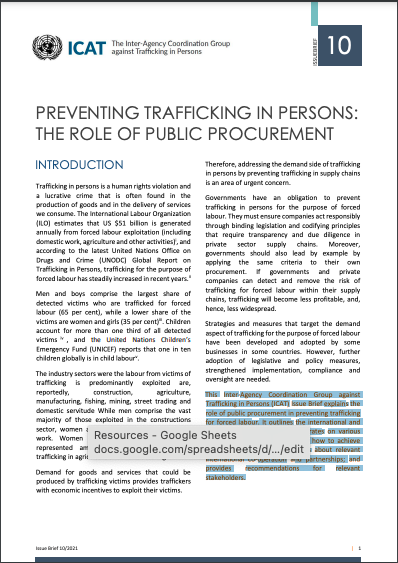Freedom First Celebrating 20 Years of Progress to Combat Human Trafficking
PublicationsThis retrospective report provides a historical perspective on the context in which the TVPA (the Trafficking Victims Protection Act of 2000) was crafted, celebrates the major accomplishments of the United States government, and provides a view of t...Read More

